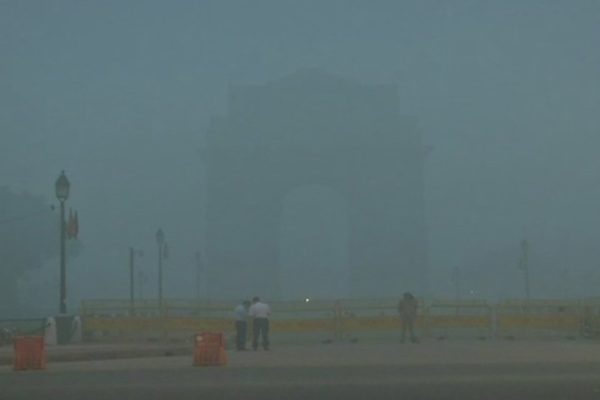Delhi Air Pollution: The Problem Of Interpretation
Delhi Air pollution has reached alarming levels. The headlines in the past one week have been primarily about it. You come across all kinds of possible measures from increasing parking fees to cloud seeding to even sprinkling water from the sky and what not.
Almost every year, with the onset of winter, Delhi has to tackle with this additional burden of severe smog. A little in-depth reading will highlight that the air quality has reached severe levels. This means that pollution levels need to be controlled immediately.
The Graded Response Action Plan is evaluation options like hiking parking fees four times. But somehow in the past 10-15 days, I have read or heard very little about the extensive stub across agricultural land around Delhi. The AQI or the air quality levels in Delhi have been consistently ranging between very poor and severe. While I am not an expert in this filed, just one day of bursting firecrackers can’t have such extended impact. Delhi off lately has featured very prominently in the list of most polluted cities globally.
This is precisely the reason that we need to closely understand the deep and long-term effect of burning stubs in fields across the states surrounding Delhi. Farmers in Haryana, Uttar Pradesh resort to burning the stubs after harvest. Earlier when they used to manually harvest, the waste material was sold to paper mills. However, with the mechanisation of harvesting, the waste remains in the field.
While on the one hand, it has increased the speed of harvesting, it has created a new problem. Well, one option is to bury all the waste material and create manure. The reason why farmers avoid doing this is that it is a very expensive procedure. On an average tractor need to run across a 1-acre plot at least 3-4 times to cut the crop stubs small enough to be buried for manure. This means an additional cost of 1,500-2,000 on every acre. Our farmers work on too small margins to afford it.The result, most of the crop waste or stubs are burnt. This is the most cost-effective way to deal with the stubs.
The Haryana Government tried ad hoc measures like slapping fine on farmers to clamp down the practice. But the need of the hour is to devise robust and long-term measures. The National Policy For Management Of Crop Residue was framed in 2014. The severe smog in Delhi has highlighted the evils of a lack of proper policy in this field. Whether it is incorporating this waste in creating green energy or manure, the time has come to formulate some strong and cost-effective measures that help the farmers and safeguard the environment too.
The recent spike in respiratory ailments in the region is just a tip of the iceberg. The full impact of it is not just disturbing to imagine but rather alarming too.






Leave a reply